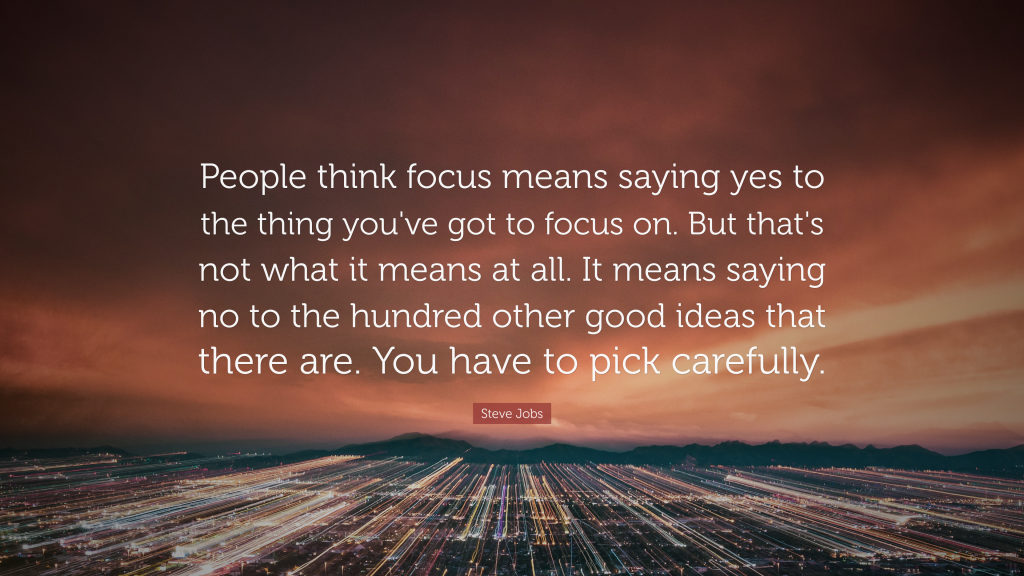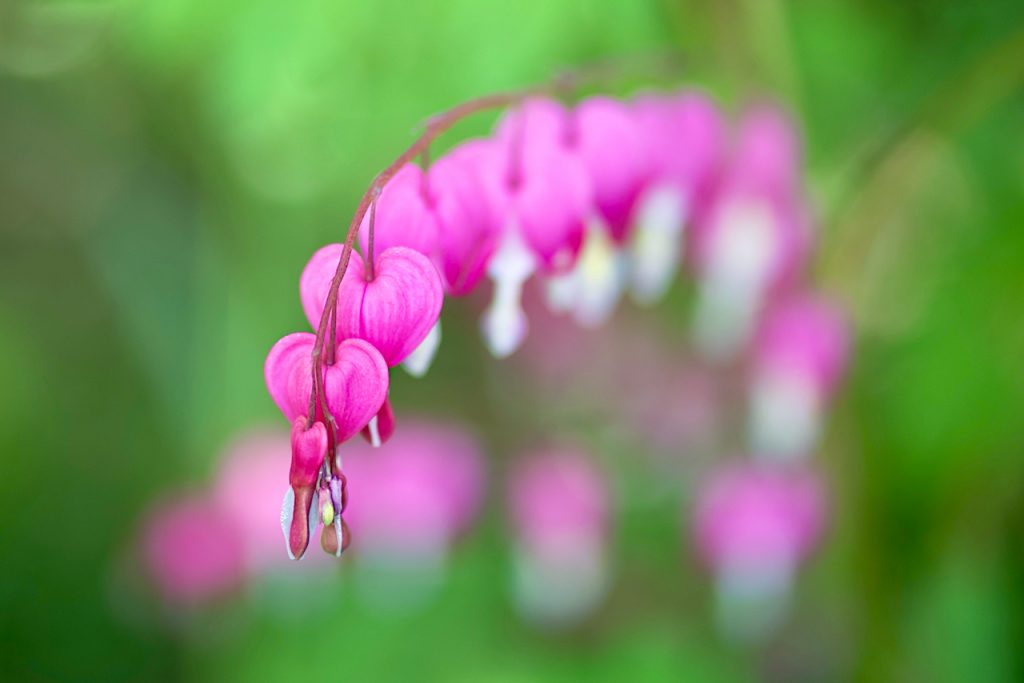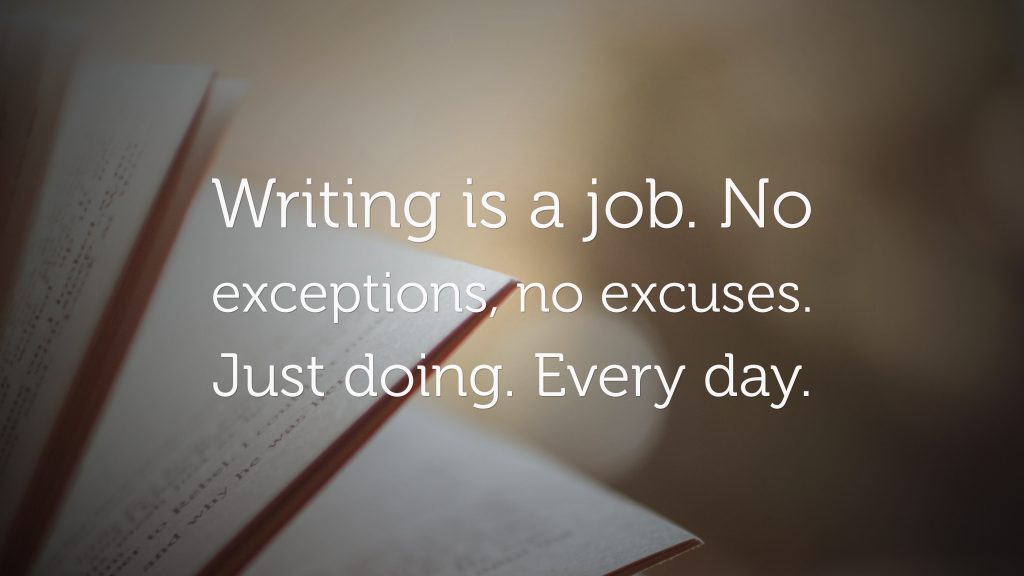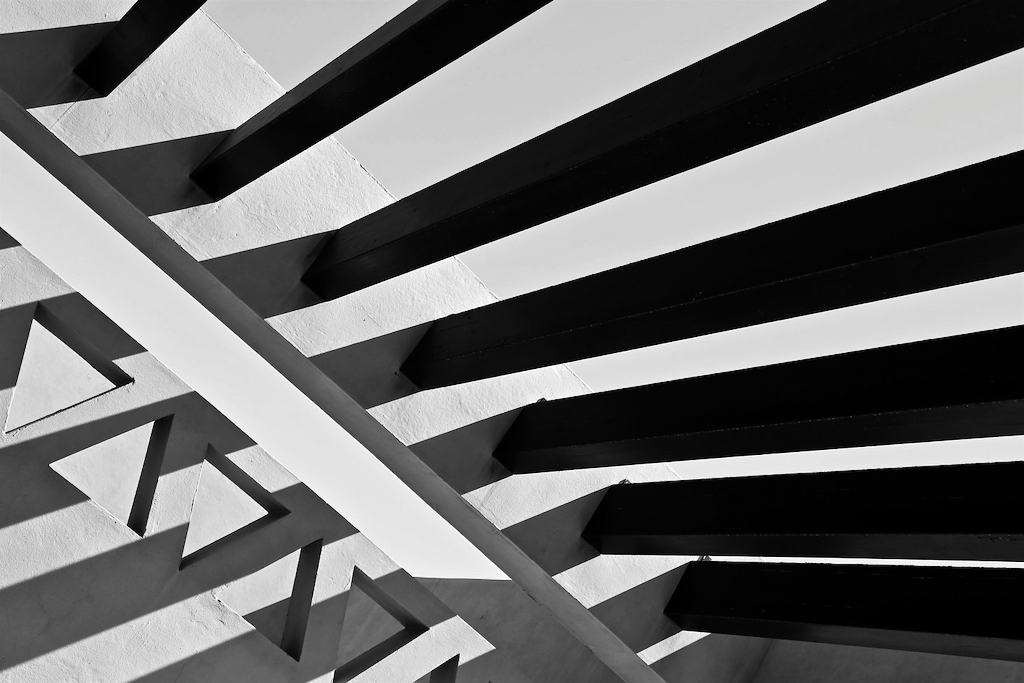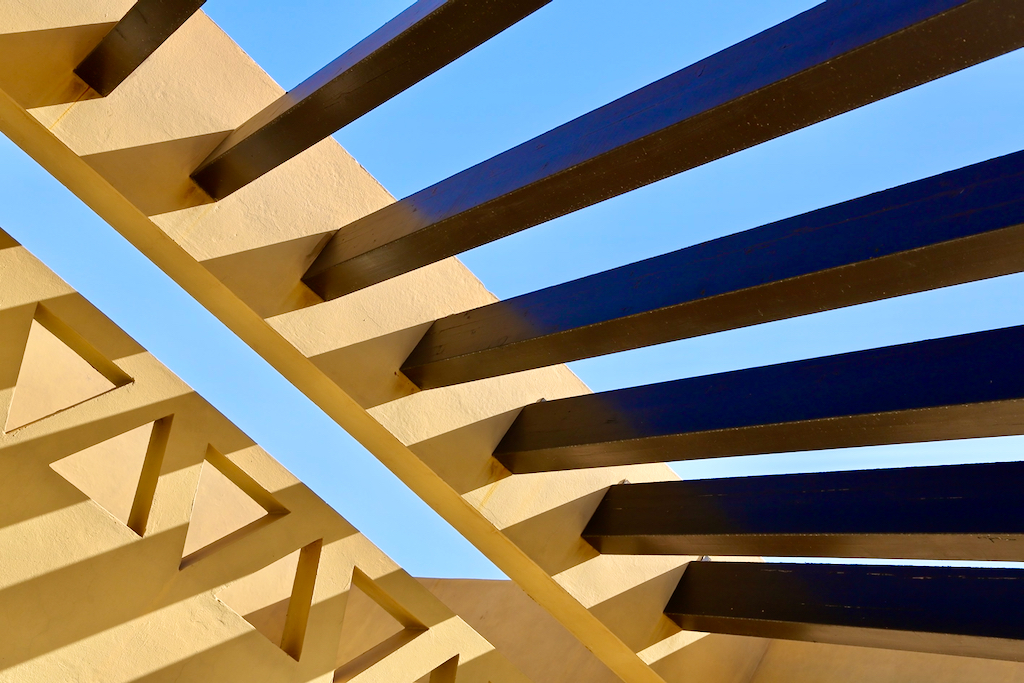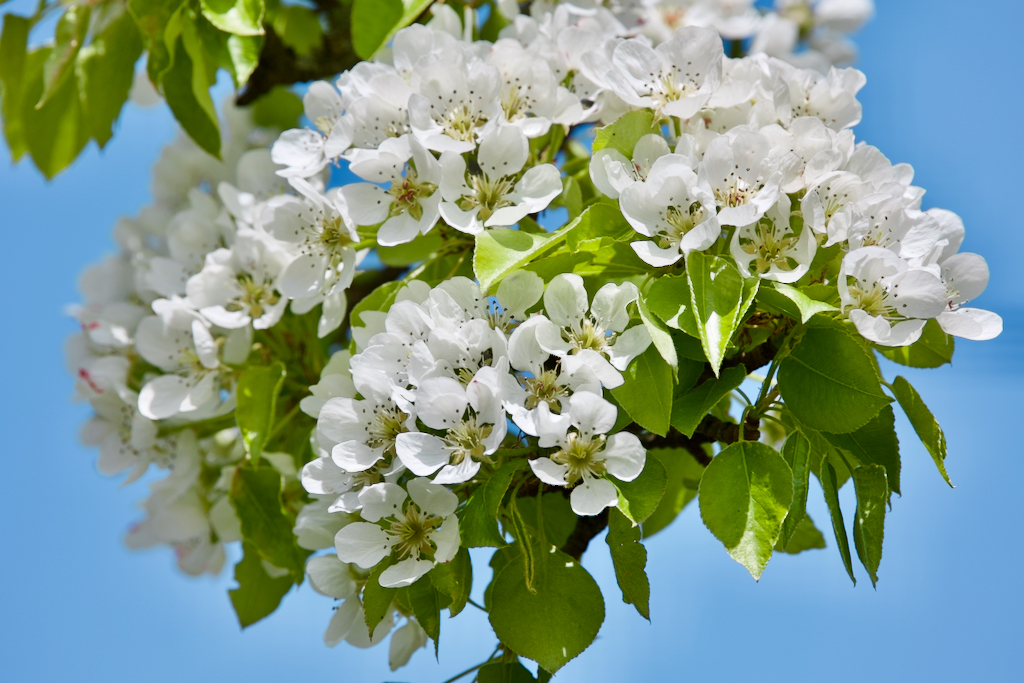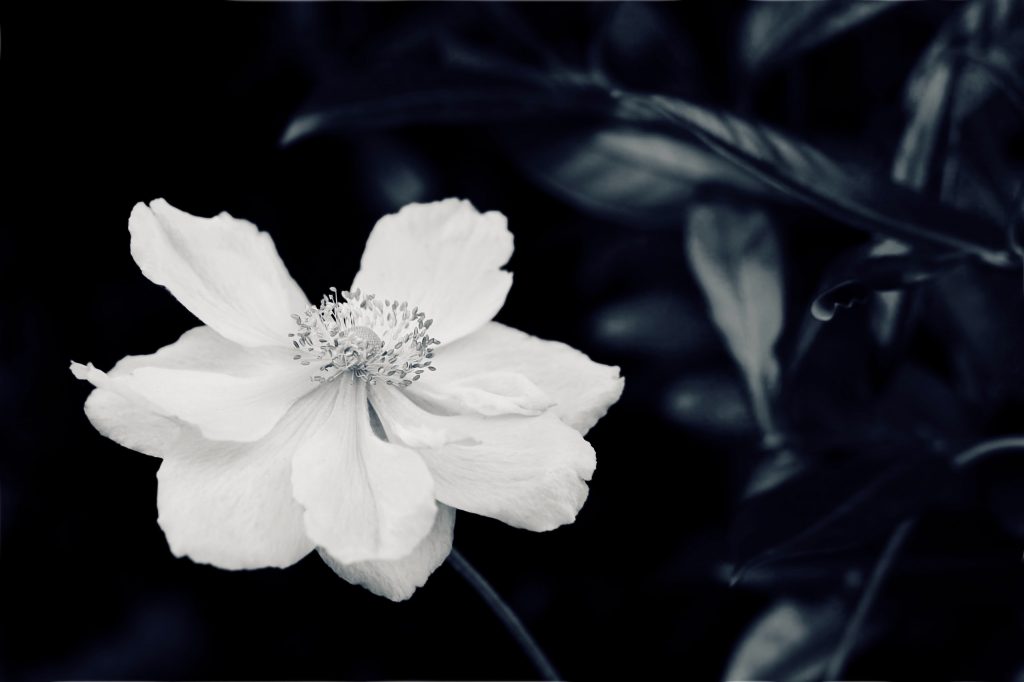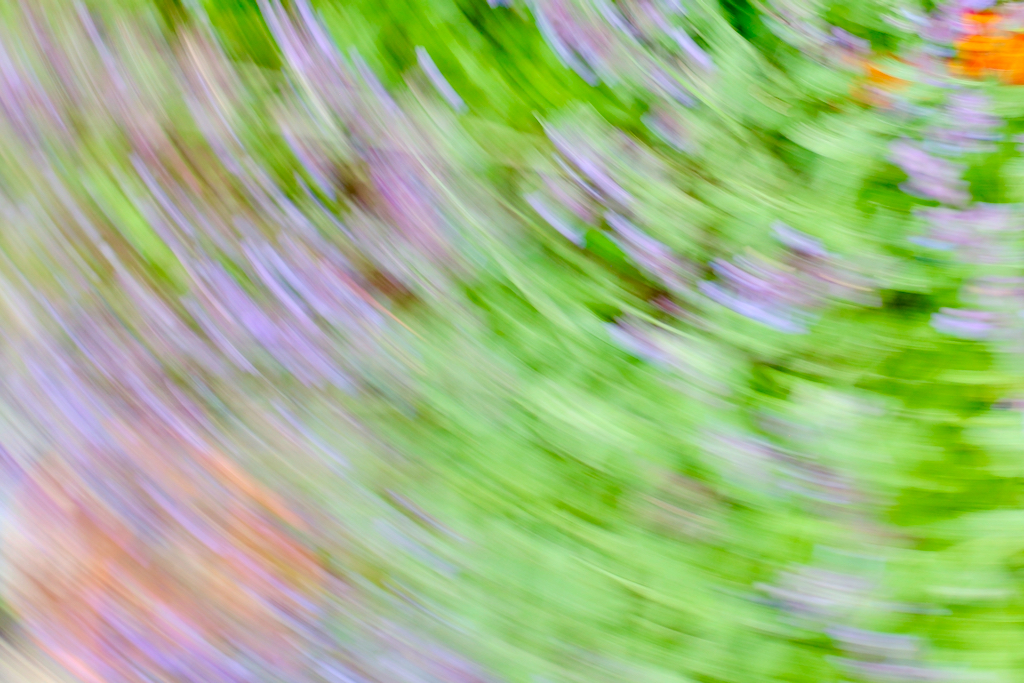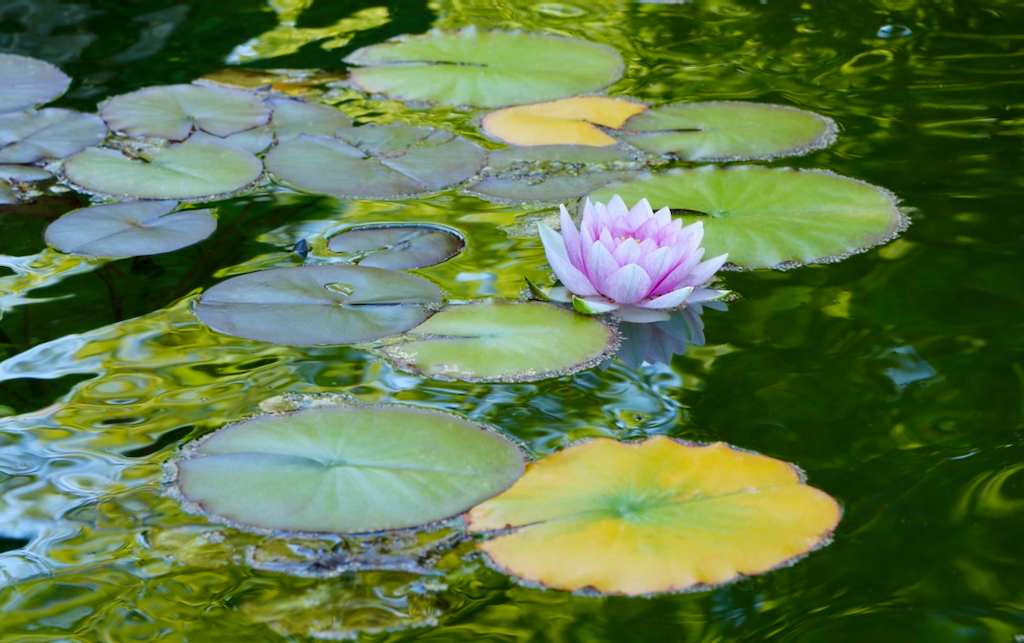
Am I still writing a book? Sure I am. And I’ll tell you a secret: it’s good I’ve decided to document my journey publicly; it forces me to continue even when I’m tempted to give up, to be honest. I can’t think of a better way of staying the course as a writer. Only I wouldn’t give up, of course. Instead, I would write something different and much better, and finish the other book later. Oh, the lies we can tell ourselves!
Anyway, I managed to evade the siren calls of the new ideas and stay with The Book. (In an attempt to focus on the work, I’ve started now calling it The Book, using capital letters; any means are allowed to keep going!).
I’m now reading the last few research books and working on the lecture notes. I’m so fed up with reading books when my whole body screams to start writing. Hence, the lure and allure of the shiny new ideas.
But I’m almost out of the tunnel, and I think I can see the light (unless it’s the train, as my old boss used to say). So I’ve allowed myself to start putting some meat on the preliminary outline. It almost feels like writing and keeps me happy, or, at least, calm, while I’m wrapping up the research.
So, not so much to report from the trenches, just soldiering on. I’m shooting for January 1st to start the actual writing. Art is warfare; Steven Pressfield was right.
Related Posts
- How to Write a Book
- How to Do Research for a Non-Fiction Book
- How to Build a Research Database for a Non-Fiction Book
- How to Create a Project Plan for Writing a Non-Fiction Book
- You’ll Always Have More Ideas Than Time
- A Few Steps Further Down the Road
If you liked this post, share it on your preferred social network or forward it to a friend.
